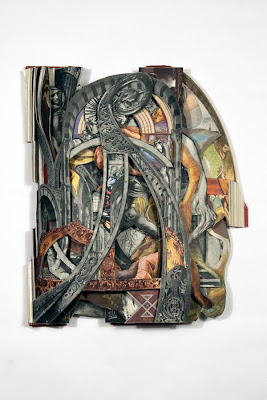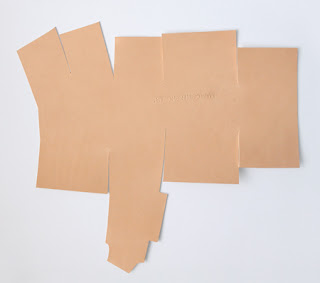So quick painting 101 on this technique is -
Egg tempera is one of the oldest painting medium, examples survive in amazing condition from the ancient egytpian times. Powdered pigments, usually derived from mineral sources are mixed with the yolk of an egg and water and then painted on a board coated in gesso (which is rabbit skin glue mixed with a white pigment eg titanium dioxide, marble dust, chalk). The paint is applied in very very thin coats so a luminosity is achieved through hundreds of layers of paint.
This was primary method of painting until about 1500 when it was discovered that you could mix oil with pigments and paint on canvas which was easier to transport, store, and you could also paint very large ....
So I have started to paint in egg tempera, wanna see some paintings ?
This is one I am working on at the moment, it is a copy of a self portrait by George Tooker. It is an exercise in learning the traditional way of painting tempera style.
1) draw a fully realised picture in black and white on paper. (skipped this bit)
2) transfer this drawing onto gesso board and do a fully realised painting in india ink
3) Use the colour Terra Verde (or bad green) to add base coat to all skin areas
5) add cadmium red (light) to fleshy areas and sponge in colour to background and clothing
This is where I have got to so far. You want to see the original?
I will update you more as I do more to this painting. Wanna see some finished paintings?
 | |
| Buzz the Hermetacist |
 | |
| Harry Torczyner or Justice Has Been Done 1958 |
This next painting is of my previous bunny friend Mr Fuggle the Angora Rabbit. He was a cool rabbit dude.
 | ||
| Mr Fuggle Gentleman Explorer |
A.Muse






































